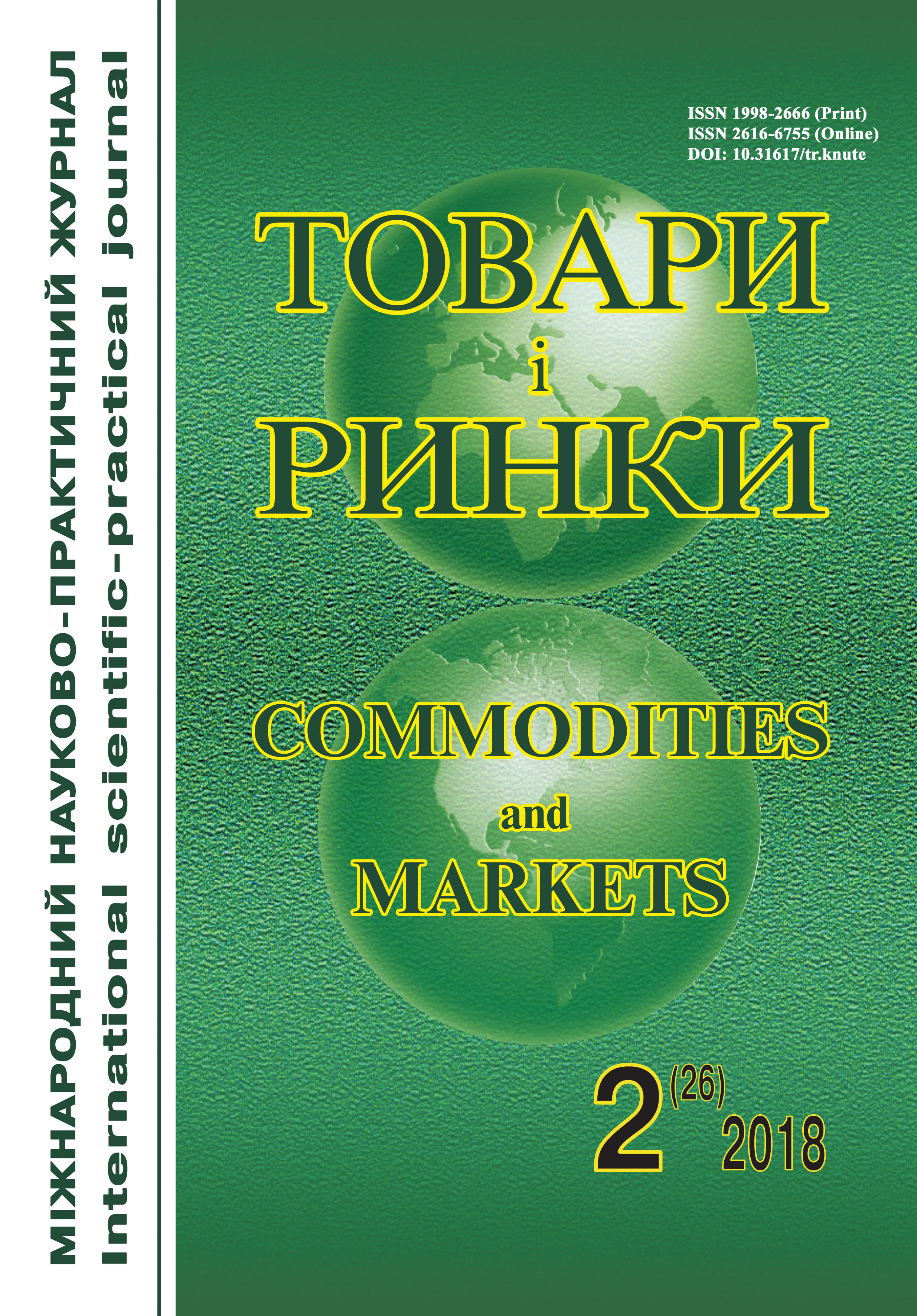Modification of paper based on non-bleached cellulose by siloxanes
Keywords:
paper, cellulose, organosilicon compounds, coatings, siloxanes, structure, porosity, density, adsorption capacity, wettability with waterAbstract
Background. A significant share increase of plant polymers using, in particular, cellulose, in various industries is a modern trend in the development of composite materials. This is due to the presence of valuable properties in cellulose and, above all, its environmental safety.
Analysis of recent research and publications. The analysis of the latest scientific and technical publications and researches devoted to issues of modification of paper based on non-bleached cellulose by siloxanes has been carried out.
The aimof the paper is to investigate the composition and reactivity of paper based on unbleached cellulose to organosilicon compounds with functional groups such as Si–OMe and Si–OH at the silicon atom and the ability to adjust the structure and performance properties by modifying its surface.
Material and methods. The objects of research were unbleached cellulose TECHNOCEL 200-1 and 2500, which differ in the content of fractions less than 32 microns. As an object for comparison, the wrapping paper was selected (GOST 1931–80). Parameters of paper structure, its adsorption properties and wettability of the surface with water (wetting angle, deg.) were evaluated using special methods [9].
Results. The main ingredient of paper is cellulose. Its composition is determined by the content of a large number of reactive hydroxyl groups. But in the process of paper production the latter can receive a variety of transformations. Therefore, using the sensitive methods of IR-spectroscopy, a comparative analysis of unbleached cellulose and paper based on it was carried out.
The obtained data using the methods of quantitative IR-spectroscopy in relation to the basic parameters of absorption bands of functional groups and bonds responsible for the energy state of cellulosic materials surface allow staing the following:
- the strength of the bonding of hydroxyl groups with macromolecules of cellulose in the paper is higher compared with the same without processing, and their number is approximately at the same level;
- a similar pattern is observed for CH–groups;
- the content of the adsorbed water in the paper is 1.2 times higher than that of cellulose, but the bonding of water is weaker (the displacement towards the higher frequencies reaches 44 cm-1);
- the most significant differences in the energy state have hydroxyl groups of paper compared with cellulose.
Conclusion. Quantitative IR-spectral analysis showed the presence of differences in the composition of unbleached cellulose and paper based on it. The principal possibility of using siloxanes from Si-OMe and Si-ON reactive groups near the Si atom in the process of paper processing is to change its structure (porosity, geometric and true density), as well as adsorption capacity in relation to water in various aggregate states.
References
Osyka V., Koptiukh L., Mostyka К. Development of wrapping paper with improved opacity, strength and whiteness. Eastern-European journal of enterprise technologies. 2017. N 5.1 (89). С. 4–10.
Osyka V. A., Koptjuh L. A., Ploskonos V. G. Vlastyvosti paperovyh pakuval'nyh materialiv v zalezhnosti vid umov i'h vygotovlennja. Upakovka. 2009. № 4. S. 28–30.
Osyka V. A., Koptjuh L. A. Paperovi pakuval'ni materialy : monografija. Kyi'v : Kyi'v. nac. torg-ekon. un-t. 2017. 441 s.
Astratov M. S., Gomelja M. D., Movchanjuk O. M. Tehnologija pererobky paperu i kartonu. Ch. 1. Kyi'v : NTUU "KPI", 2007. 231 s.
Osyka V. A., Koptjuh L. A., Ploskonos V. G. Tehnologichni umovy vygotovlennja paperovyh pakuval'nyh materialiv iz zadanymy vlastyvostjamy. Upakovka. 2009. № 2. S. 22–26.
Mostyka K. V. Formuvannja vlastyvostej vodopronyknyh paperovyh pakuval'nyh materialiv dlja kondyters'kyh vyrobiv : avtoref. dys. … kand. tehn. nauk : 05.18.15. Kyi'v, 2012. 21 s.
Osaulenko K. V. Kremnijorganichni pokryttja dlja zahystu paperu. Mizhnar. nauk.-prakt. zhurn. "Tovary i rynky". 2016. № 2 (22). S. 66–72.
Sviders'kyj V. A., Chernjak L. P., Sal'nyk V. G., Sikors'kyj O. O., Doro-gan' N. O. Instrumental'ni metody himichnogo analizu sylikatnyh system : navch. posib. Kyi'v : KPI imeni Igorja Sikors'kogo, 2017. S. 156–158.
Karjakina N. I. Ispytanija lakokrasochnyh materialov i pokrytij. M. : Himija, 1988. 272 s.



